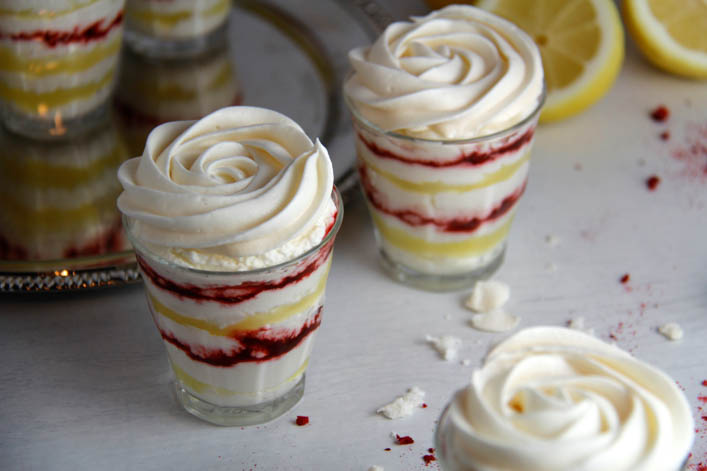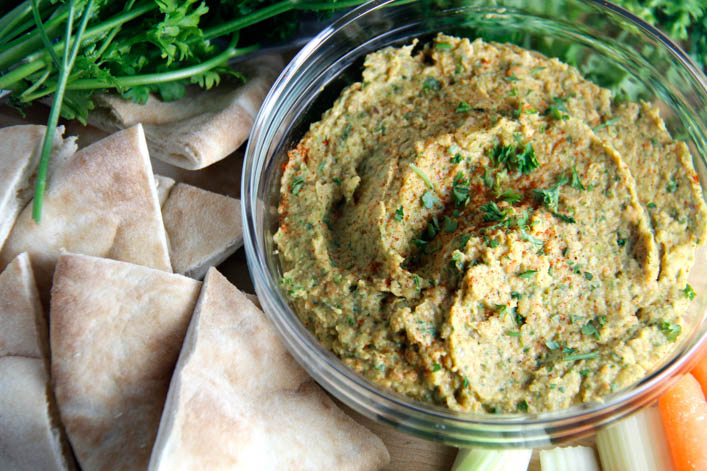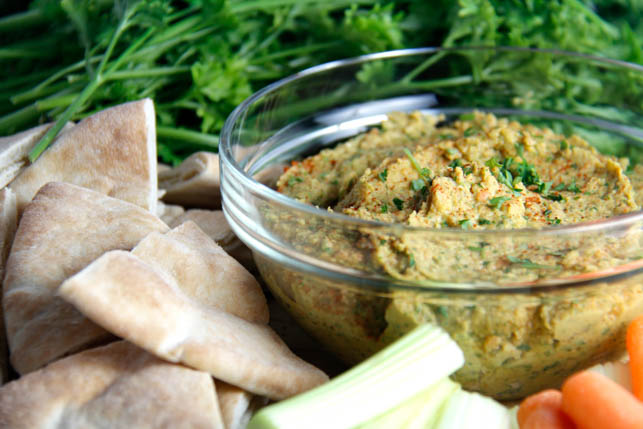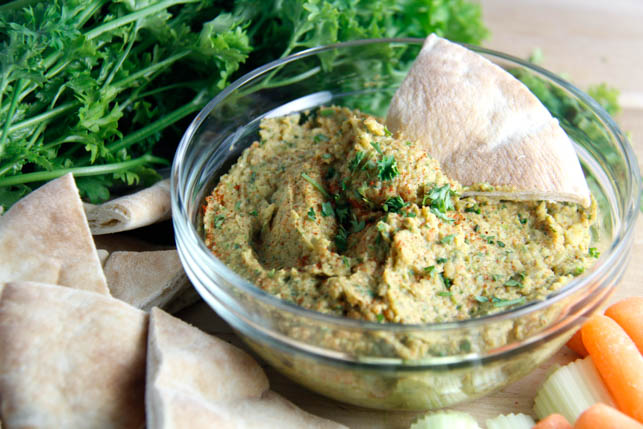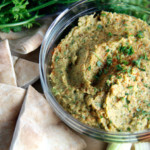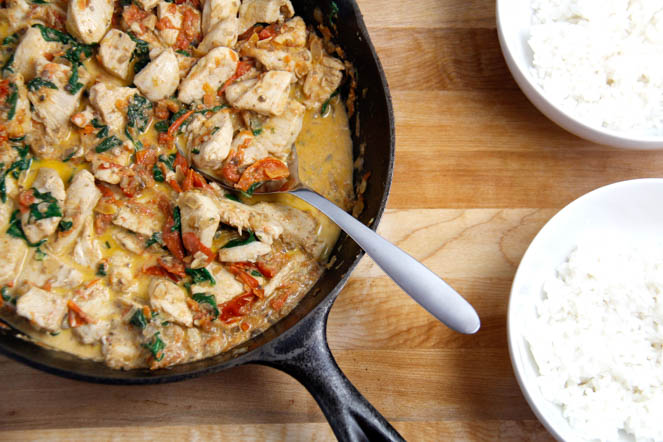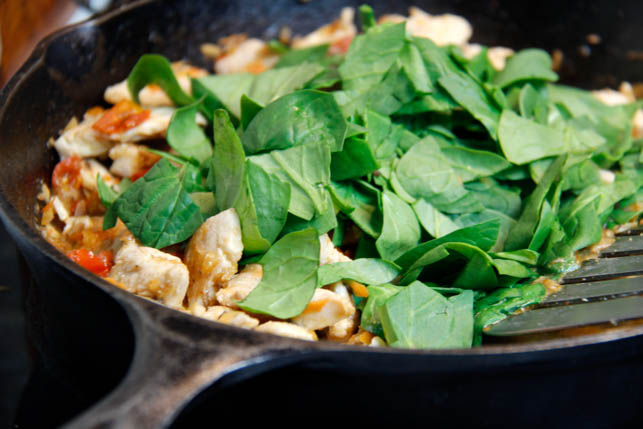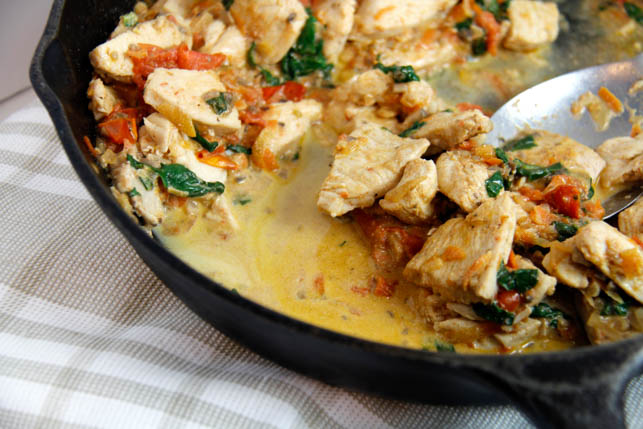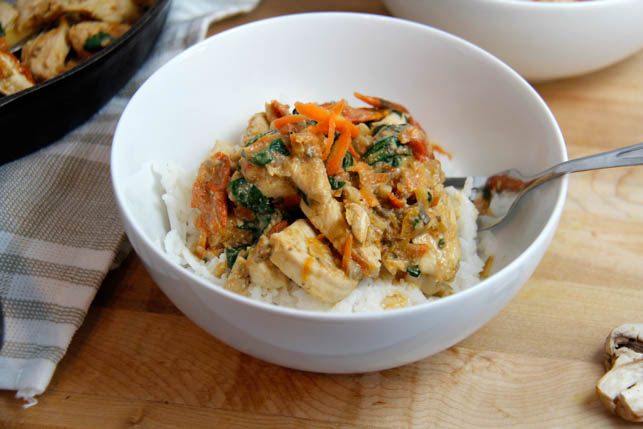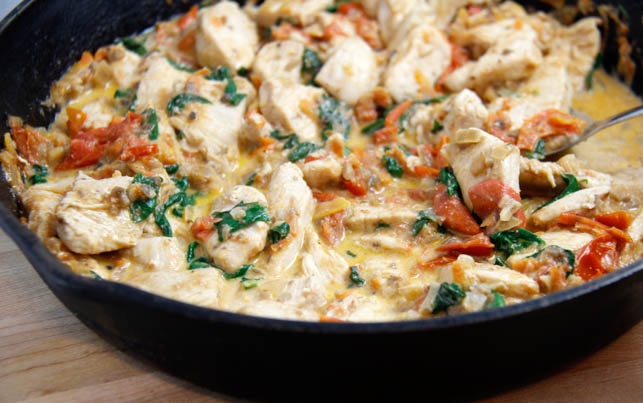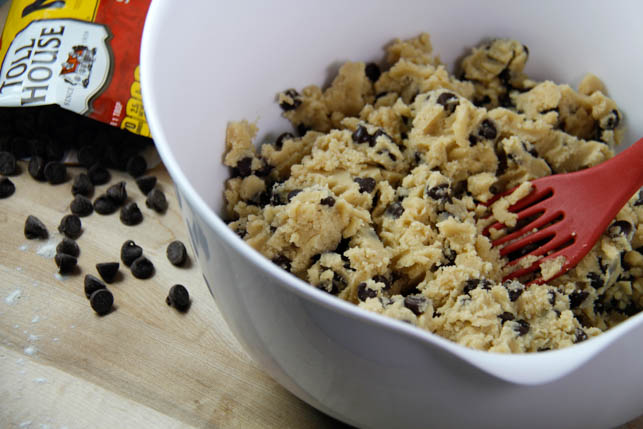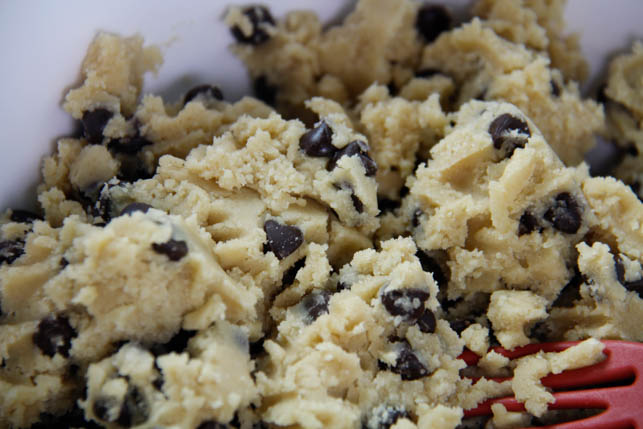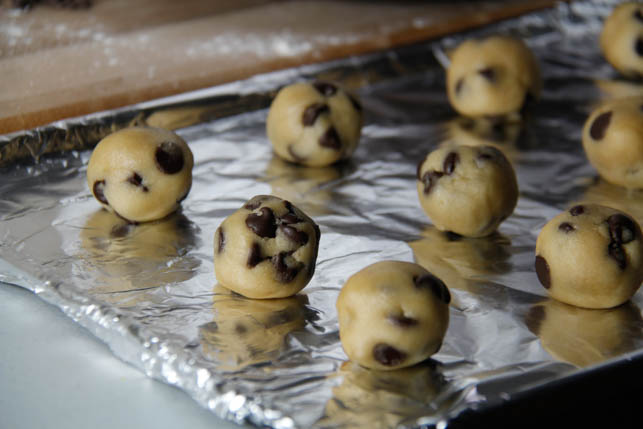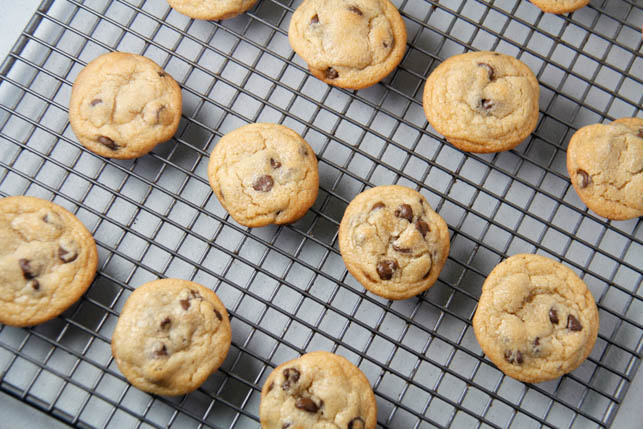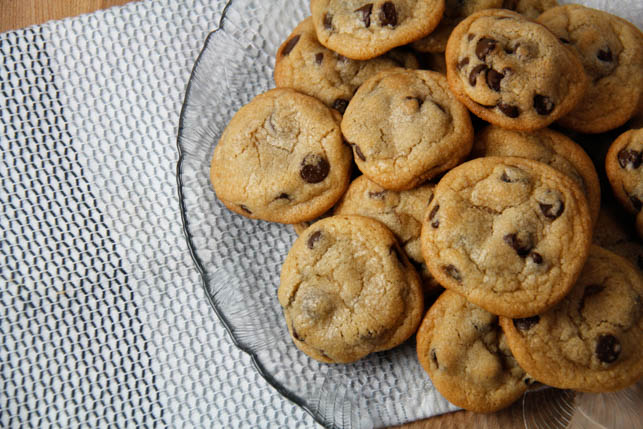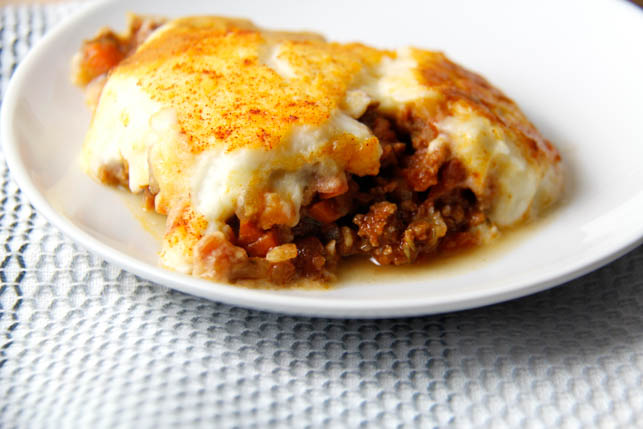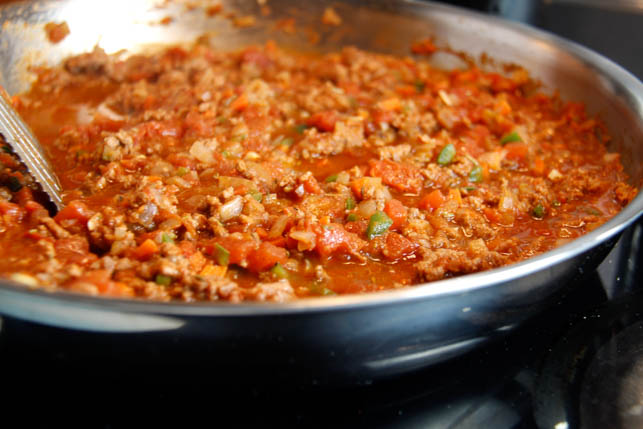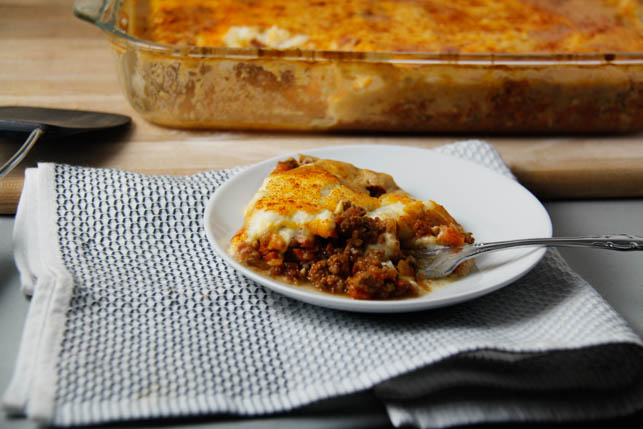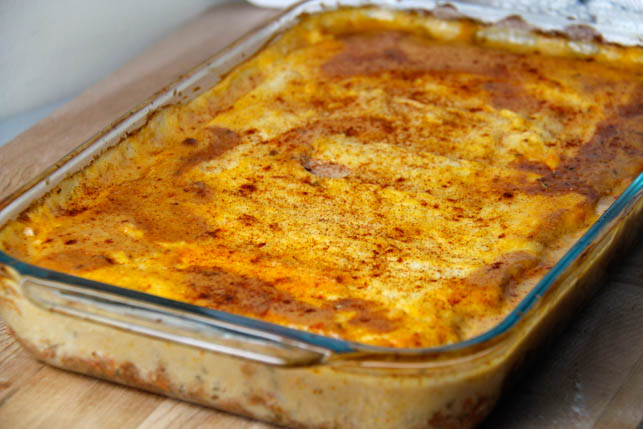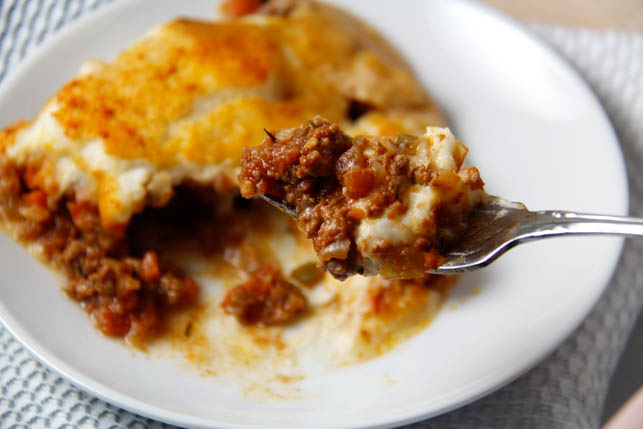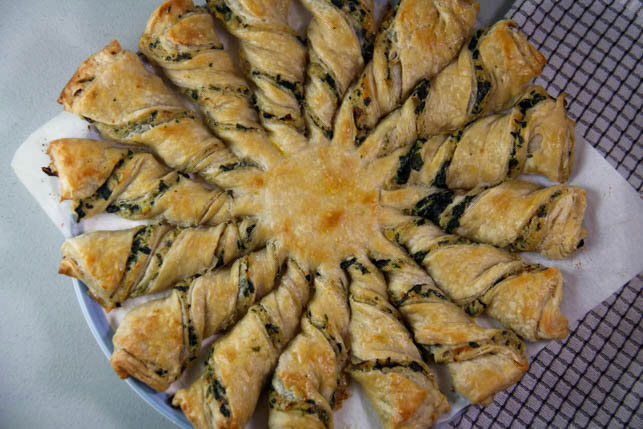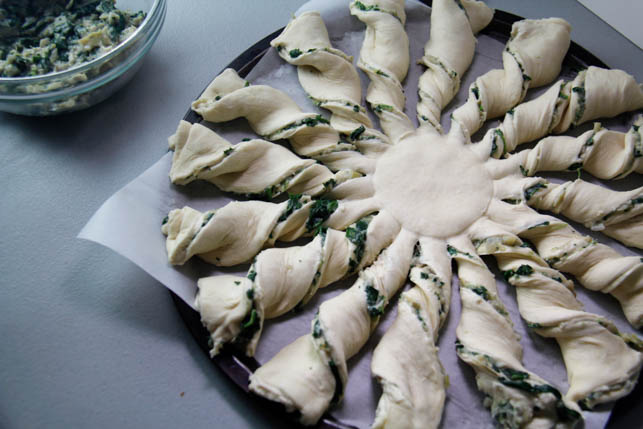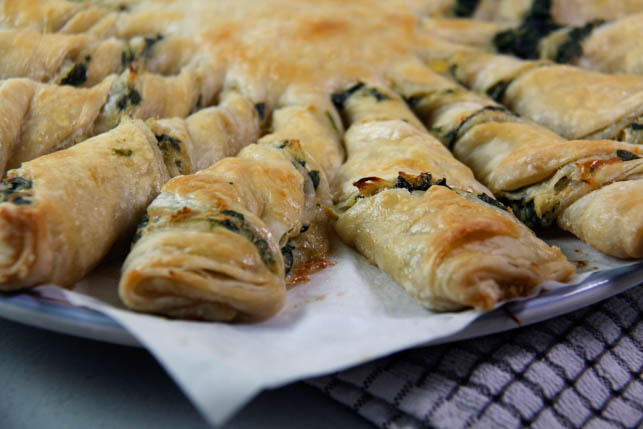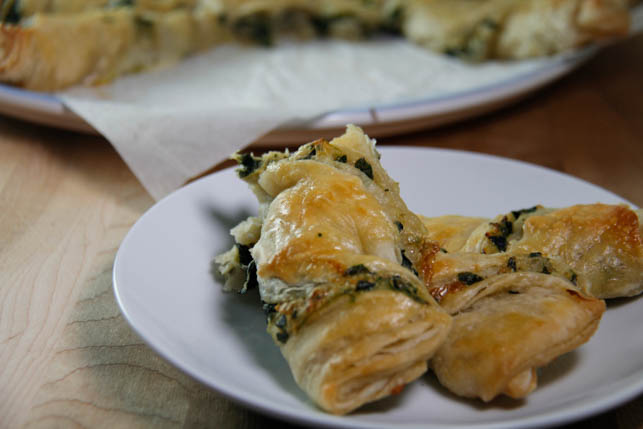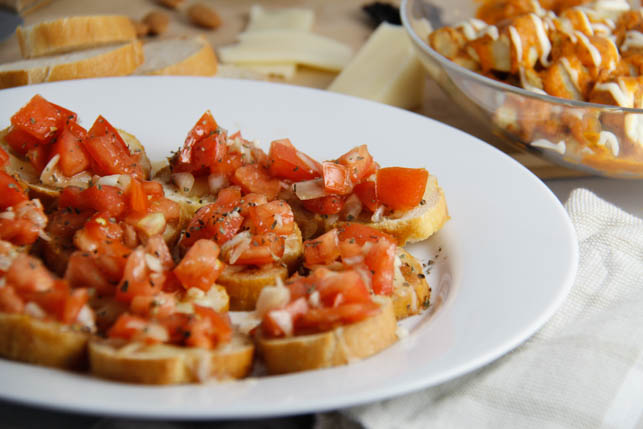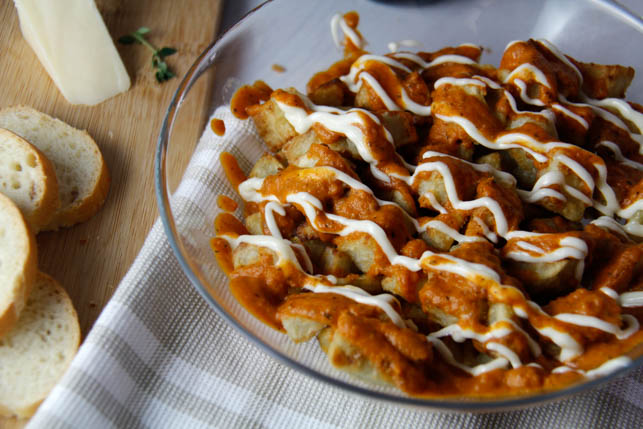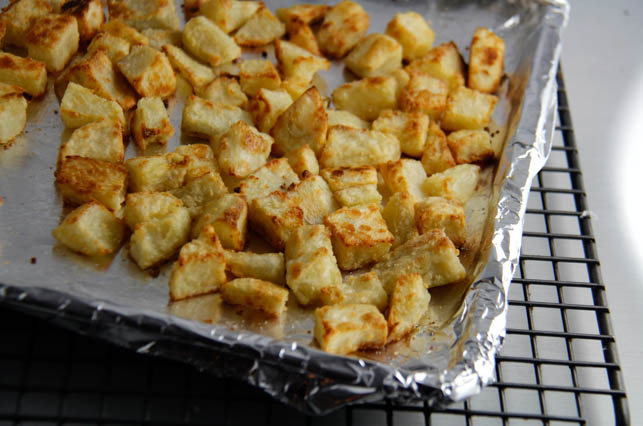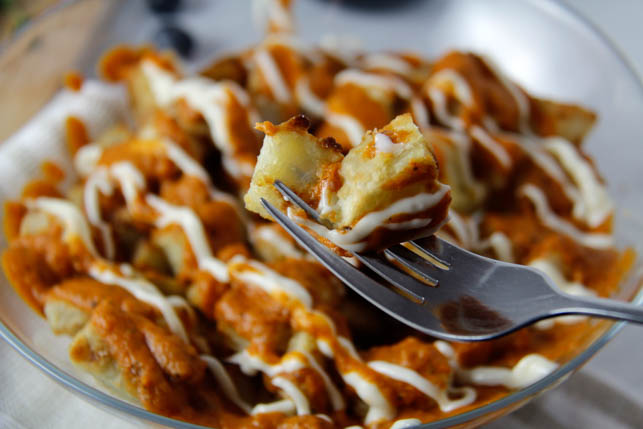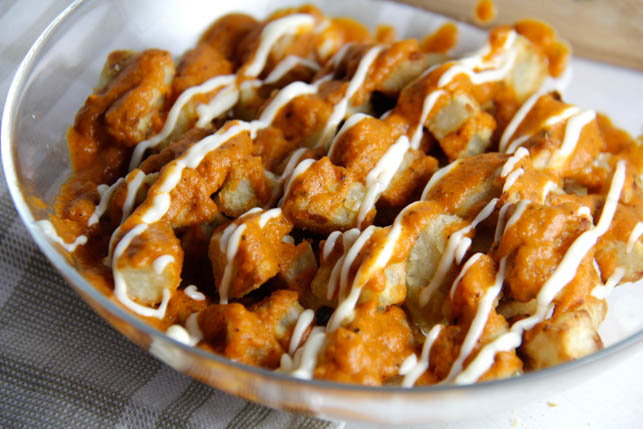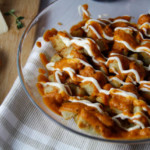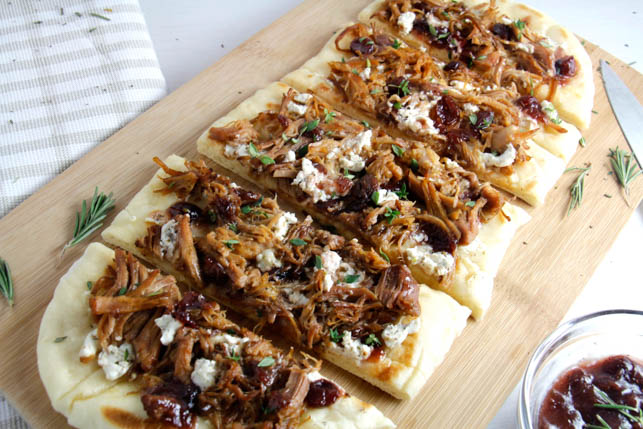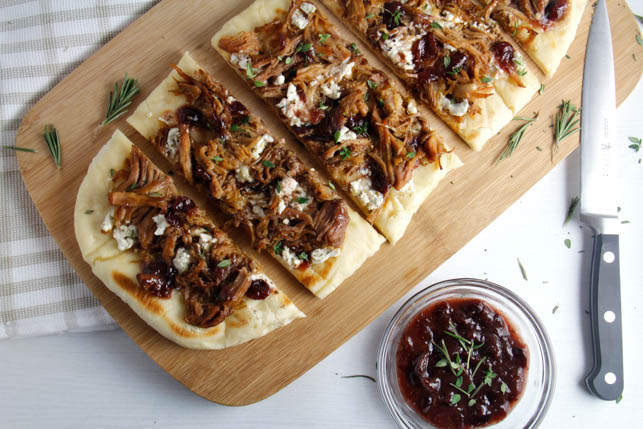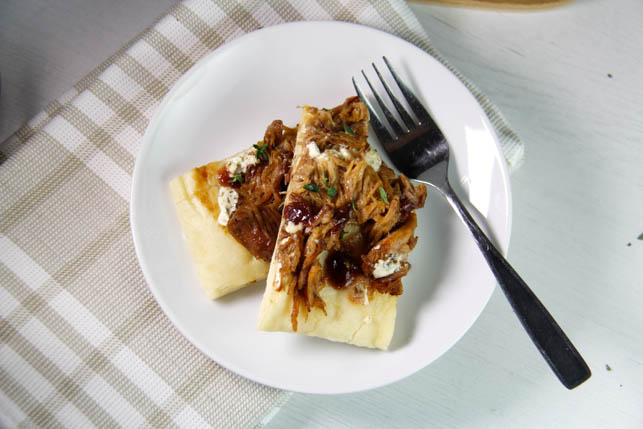Pavlova is something I’ve dreamed of making ever since I found out about its existence. A light, fluffy meringue crust, covered in whipped cream and fruit? Um yes please. Give me some now. Except Pavlova takes a really long time to make from scratch – the meringue has to be in the oven for literal hours to come out right. It’s not at all difficult to make the meringue, I’m just very impatient when delicious treats take forever to bake. I finally gathered my patience (read: made lots of snacks to eat while the meringue baked) and decided that it was time to give Pavlova a shot.

I used a recipe from Eating Well, waited the prescribed couple of hours for my meringue to bake, and made some lemon curd and whipped cream to top it off. It was completely delicious, but a little too sweet, and very hard to serve. If you’ve ever made meringue, you’ll know that they don’t exactly slice cleanly, or keep well for more than an hour or two, once topped with gooey, wonderful things like lemon curd and whipped cream.
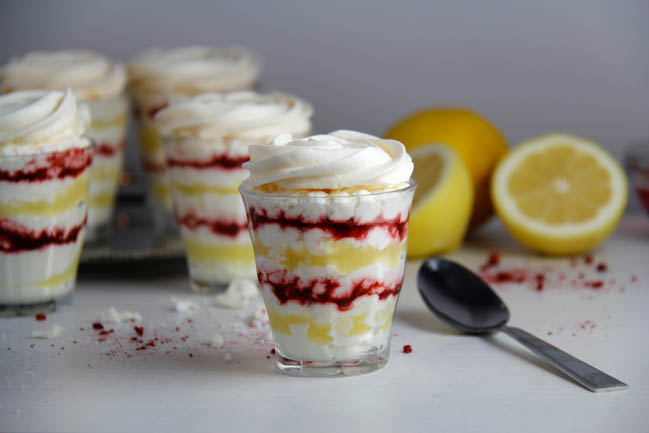
I added a raspberry sauce to subsequent test Pavlovas, to add more dimension to the flavor, and reduced the sugar in the meringue by just a small amount. This resulted in a much more interesting Pavlova that I was certain I wanted to eat approximately all of. The crunch of the meringue with the tart lemon and raspberry and silky cream is the most wonderful combination of textures and flavors. You don’t have to make any of your own fillings, if that seems like too much work – you can get lemon curd and whipped cream pretty readily in stores, and I’ll admit that whisking the lemon curd can feel a little tedious if lemon curd isn’t something you absolutely love. If you do make the fillings yourself, there’s plenty of time to get them all done while the meringue is baking.

The question of how to serve this dessert neatly was answered when I was browsing online and saw some of those frosting roses on top of cupcakes. Here’s a tutorial if you’ve never made them – they’re easy to do, but you do need a special piping tip: an extra large 2D or 1M will work nicely. I’ve known about them for a long time, but I’d never thought to make meringue versions (meringues take too long and all that). After that, it became a question of how to incorporate pretty, white meringue roses without slathering them with lemon curd and cream, as you would with a normal Pavlova. Turning them upside-down was the obvious solution, and I think it worked marvelously.

The Upside-Down Lemon Raspberry Pavlovas are perfect to bring to a party – I’ll be bringing mine to my family Easter celebration. I served mine in these sweet little glasses, but you could use any shot glass that you can fit a spoon into. You don’t have to worry about cutting and serving, since they’re all single-serve, and nearly all the prep can be done ahead of time. All you have to do is pop a meringue rose on top of each one at dessert time, and watch people ooh and ahh over how pretty they are. And then listen to them sigh about how delicious they were!
Upside-Down Lemon Raspberry Pavlovas
Meringue recipe adapted from Eating Well: Lemon Pavlova
Lemon Curd recipe from from Eating Well: Lemon Pavlova
Ingredients
Meringue Roses
- 2 egg whites
- 1/3 cup superfine sugar
- 1/8 tsp cream of tartar
- pinch of salt
Lemon Curd
- 1 egg
- 2 egg whites
- 3/4 cup granulated sugar
- 2/3 cup lemon juice
- 1 Tbsp freshly grated lemon zest
- 1 Tbsp butter
Raspberry Sauce
- 1 cup frozen raspberries
- 2 Tbsps powdered sugar
Whipped Cream
- 1 cup heavy whipping cream
- 2 Tbsps powdered sugar
Instructions
-
Start by making the meringue. Add egg whites, cream of tartar, and salt to a mixer, and beat on medium-high speed until soft peaks form. Make sure that your bowl is very, very clean before starting, because any grease will damage your results. If you don't have superfine sugar, you can blend it in a food processor - I used my NutriBullet - for a few seconds. Make sure not to let it go too long, or it will just turn into powdered sugar. Increase the mixer speed to high, and gradually add the sugar. Whip until stiff peaks form and the mixture is glossy white.
2. Line a baking sheet with parchment paper. Turn one of your serving glasses upside down and trace the rim on the parchment paper, to create a guide for how large to pipe your meringue. Make 12-15 circles, and turn the paper over so the pencil marks are on the reverse.
3. Spoon the meringue mixture into a piping bag, fitted with an extra large 2D or 1M tip. Pipe roses onto the parchment paper, starting in the center of each circle and moving in a swirl outward. Bake at 200 degrees for 1 hour, on the lowest rack in the oven. When baking time is up, turn off the oven, and prop open the door slightly. Allow meringue roses to dry completely in the oven for about 1 hour. When they're finished, meringues will be dry and light.
4. While the meringues are baking, make the lemon curd, raspberry sauce, and whipped cream. For the lemon curd, whisk together all ingredients except butter in a small sauce pan. Place pan over low heat, add butter, and whisk consistently for 5-12 minutes, depending on the temperature you're using. Mine took almost exactly 12 minutes. When you can coat a spoon with the curd and leave a mark when you run your finger across the curd on the spoon, it's done. Press curd through a fine-meshed sieve to remove solids (like the zest). Chill completely in the refrigerator before using. This can be make up to a week ahead of time.
5. For the raspberry sauce, combine frozen raspberries and powdered sugar in a sauce pan over low heat. Stir frequently until the raspberries soften and break down, and the sugar is completely dissolved. Press through a fine-meshed sieve to remove seeds. Store in the refrigerator. This can be made ahead, also.
6. For the whipped cream, place your mixer bowl and whisk attachment in the freezer for at least ten minutes. Remove from freezer and pour cream and sugar into the bowl. Whip at high speed until the cream thickens and stiff peaks form - this should only take a minute or two.
7. To assemble the Upside-Down Pavlovas, put whipped cream and lemon curd into piping bags, and pipe alternating layers of cream, curd and raspberry sauce into shot glasses until they're full. To create the layers of raspberry sauce, just drizzle a little with a spoon and tilt the glass to swirl it around and create an even layer. Make sure that the last layer is whipped cream. Just before serving, top each glass with a meringue rose (the meringue will go soft if put on more than a few minutes ahead of time).
